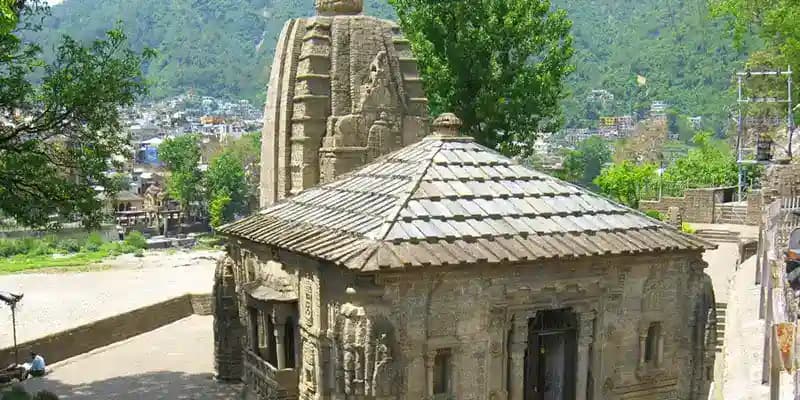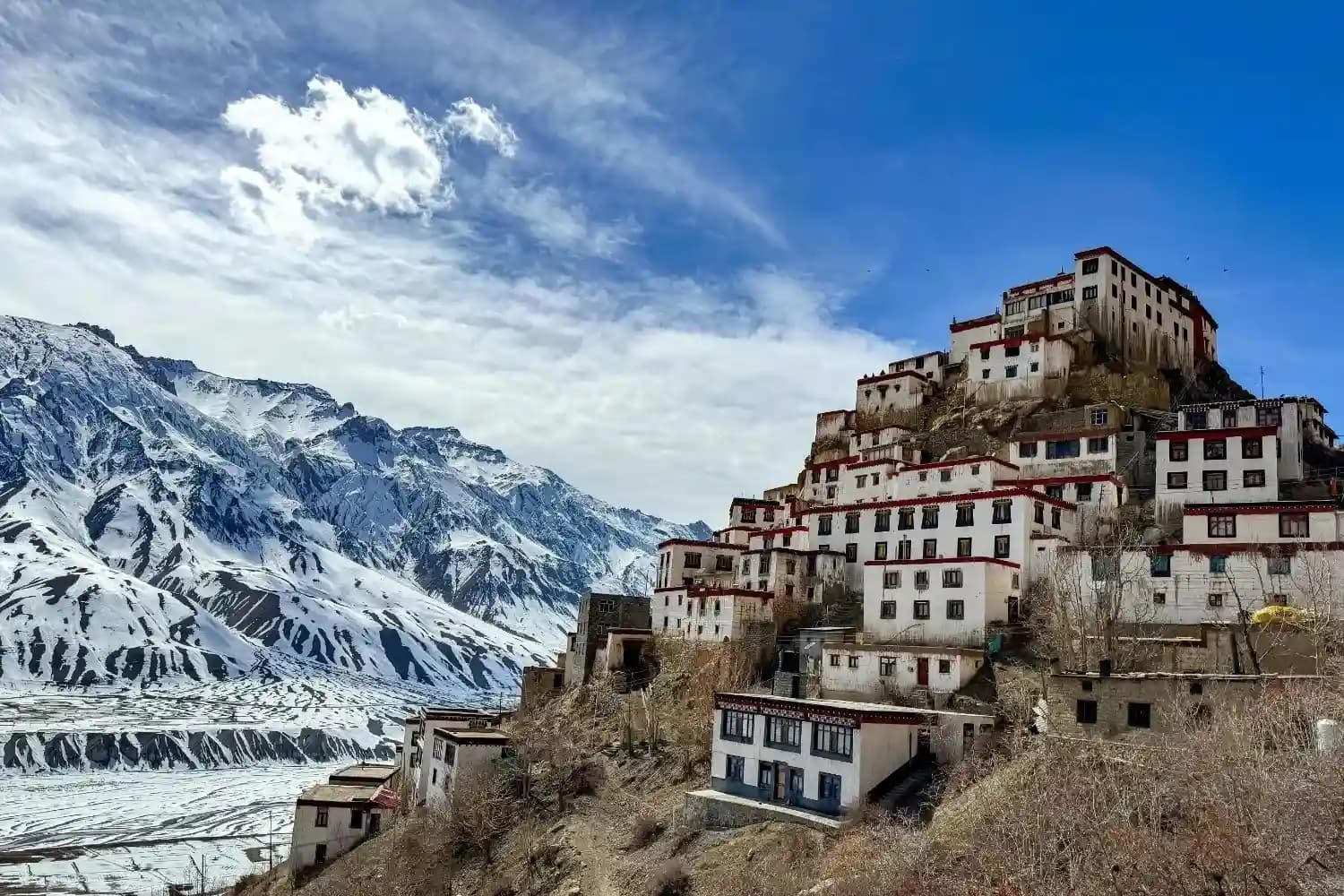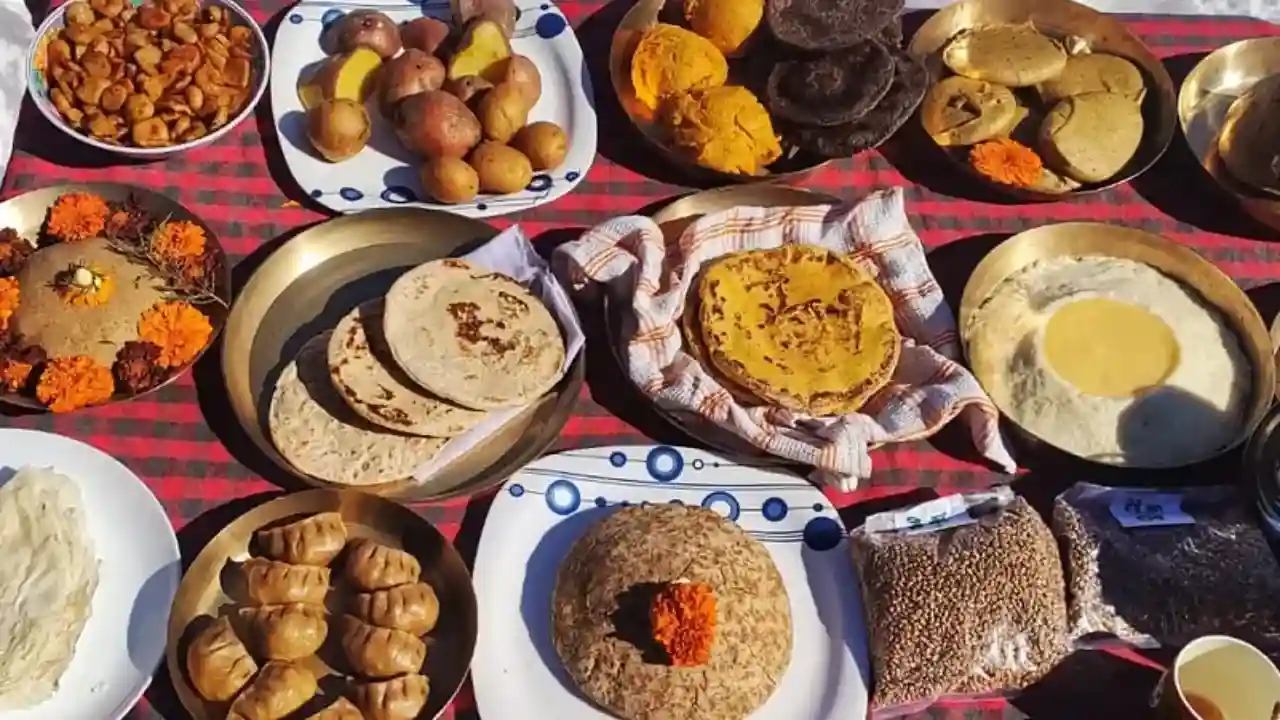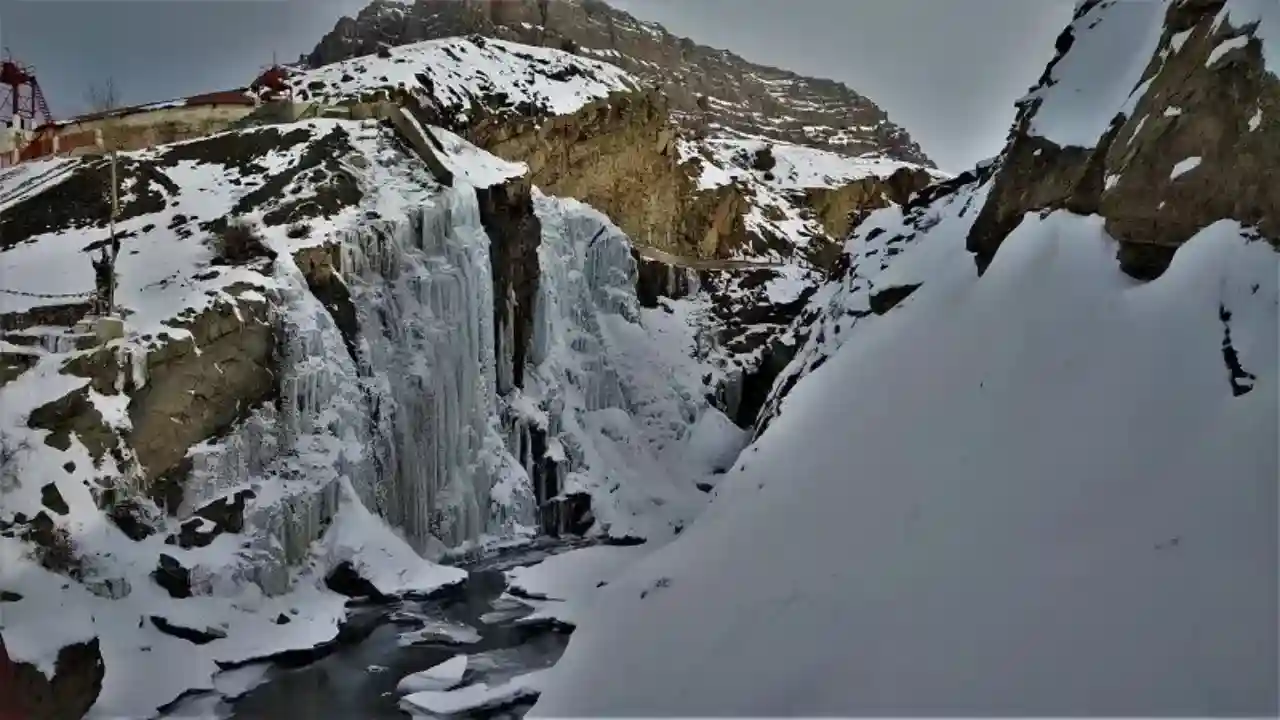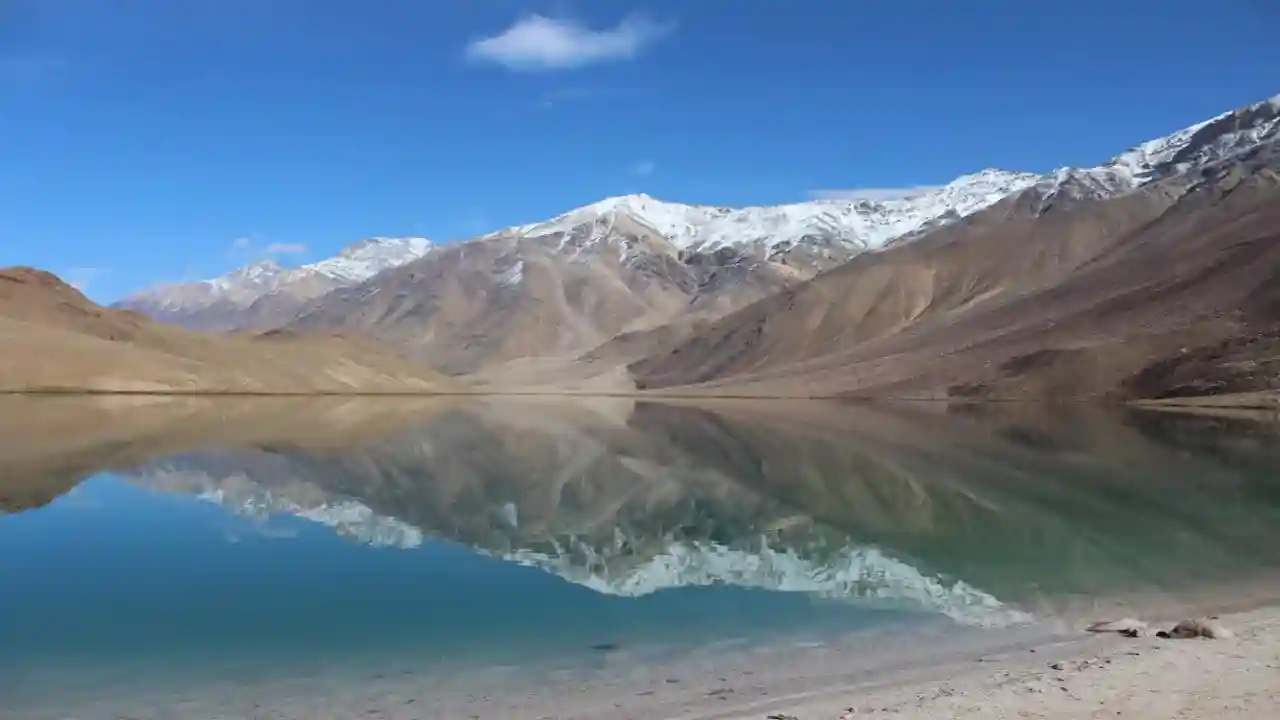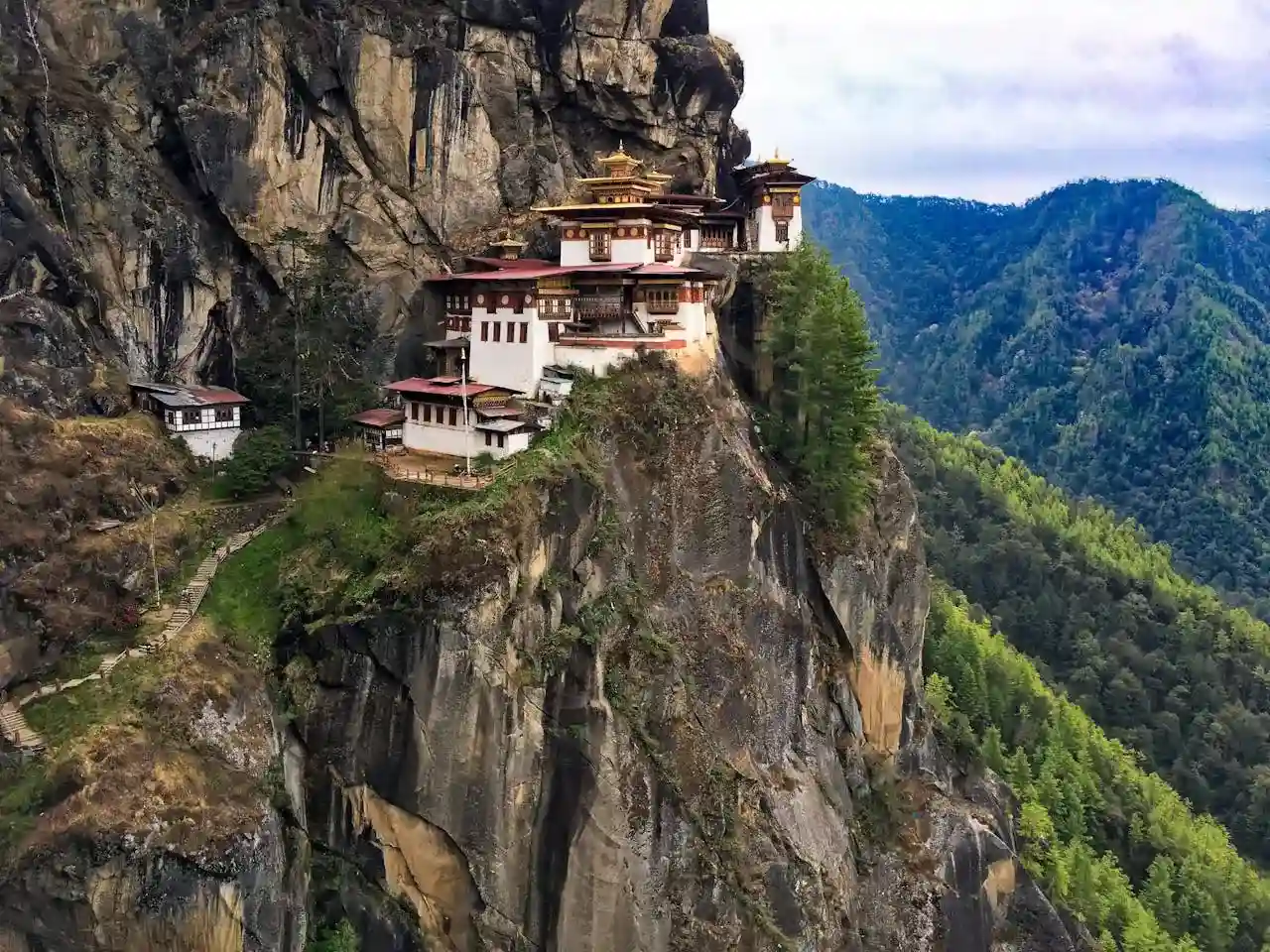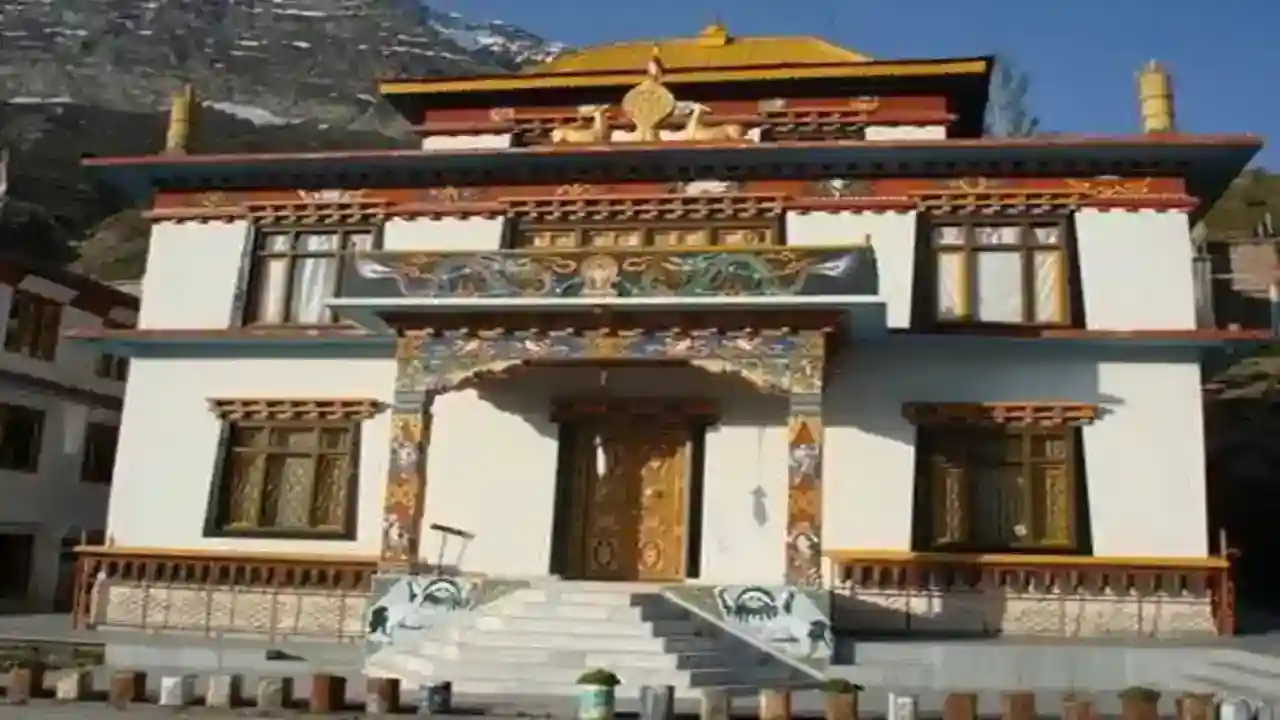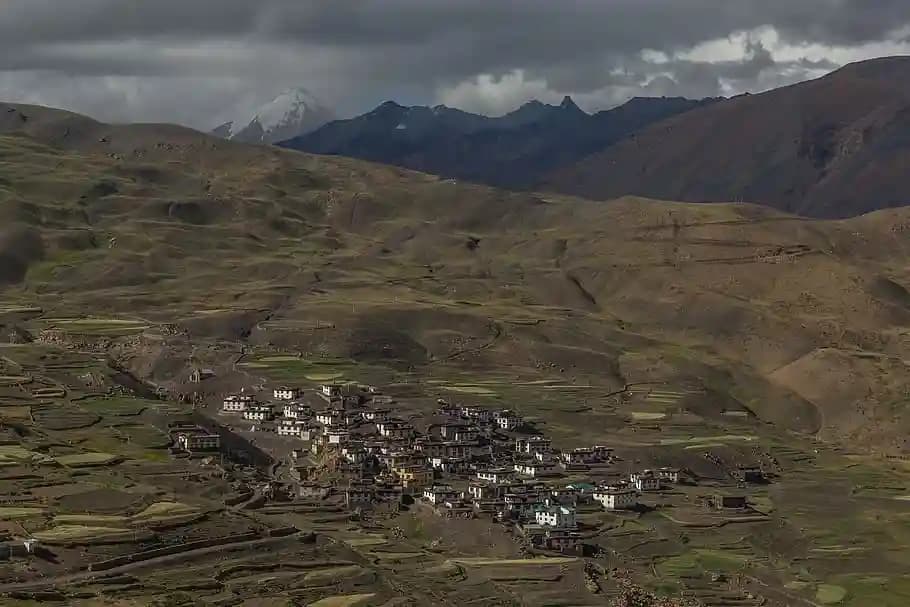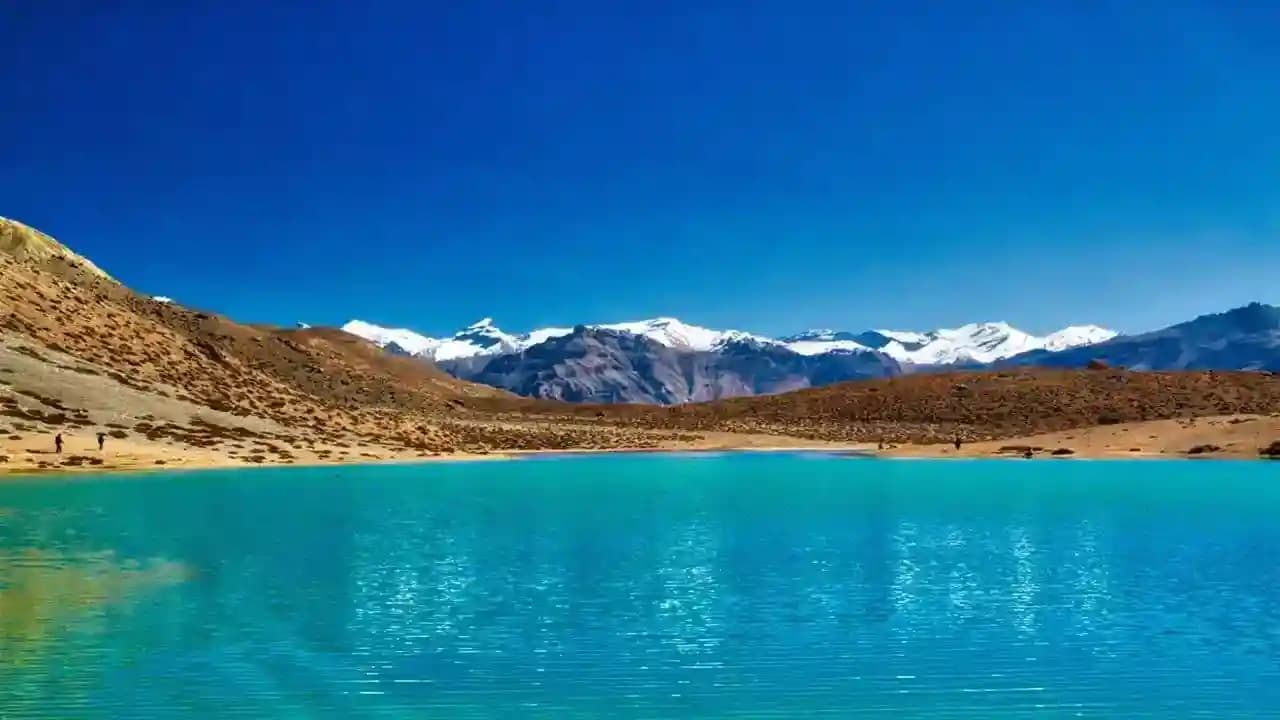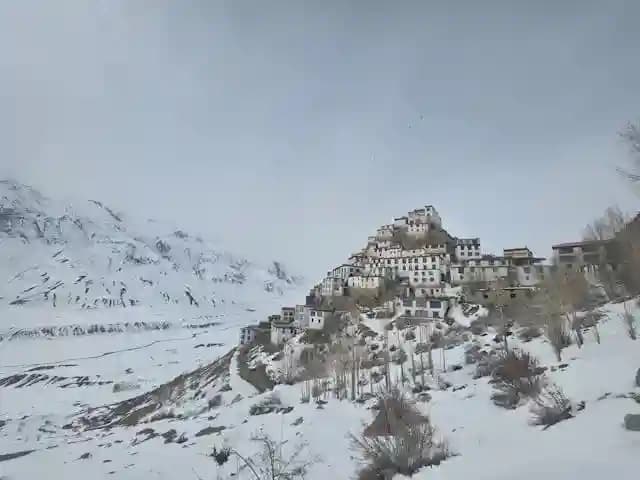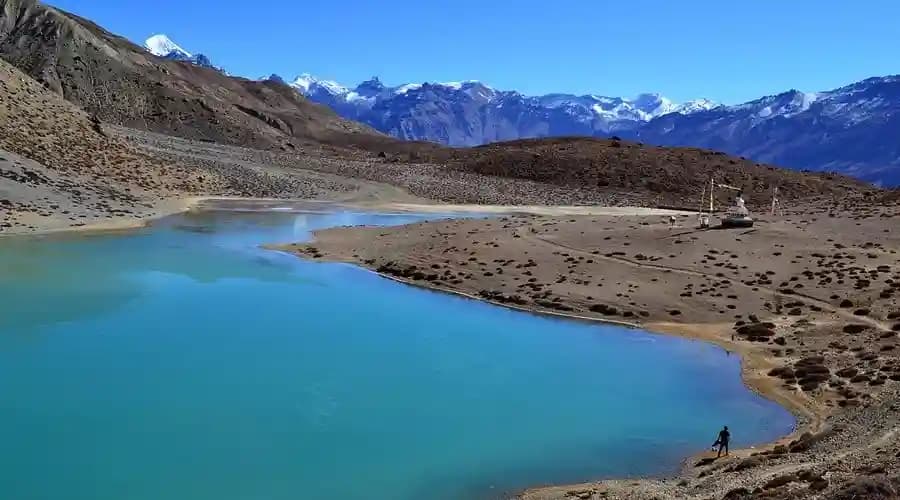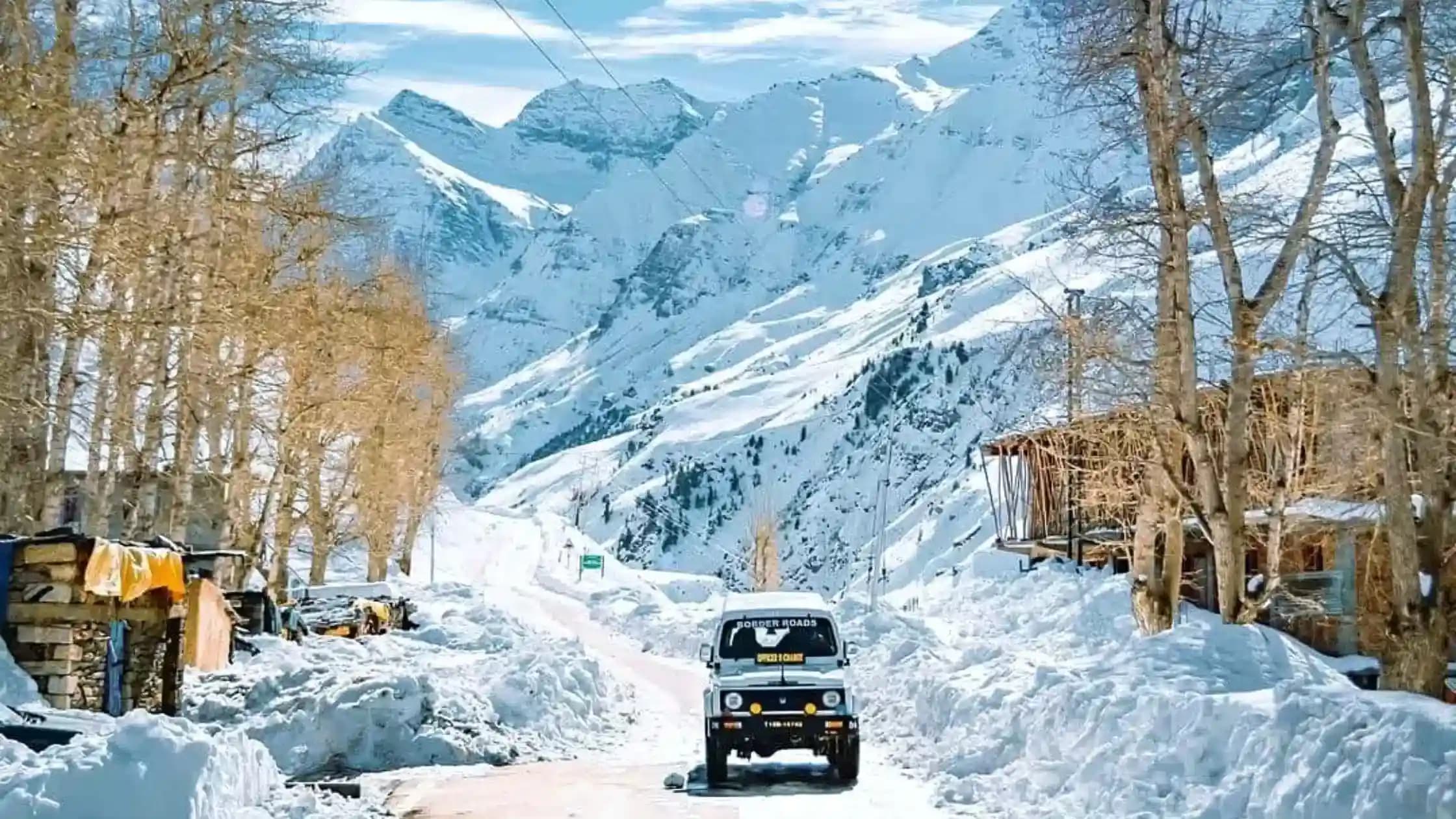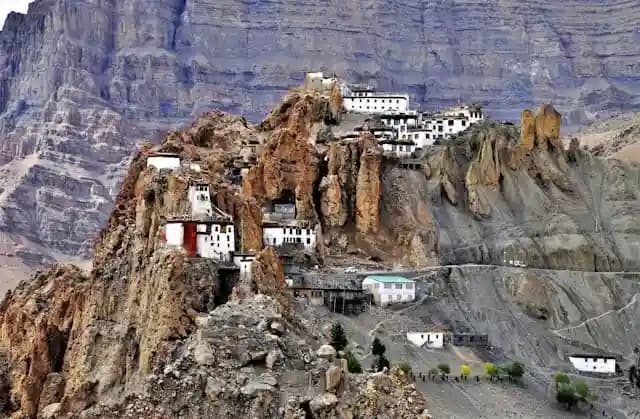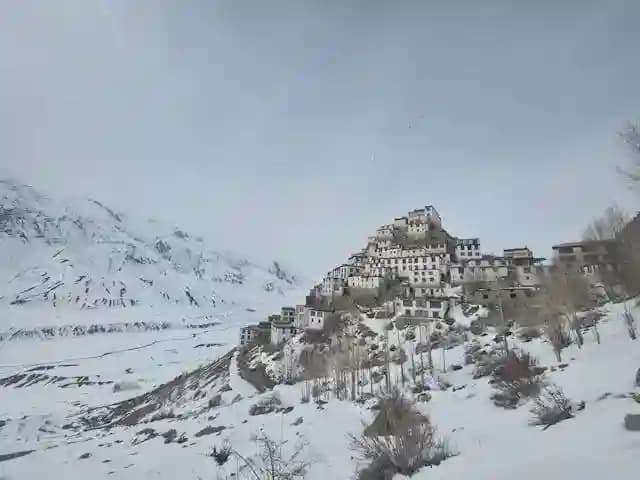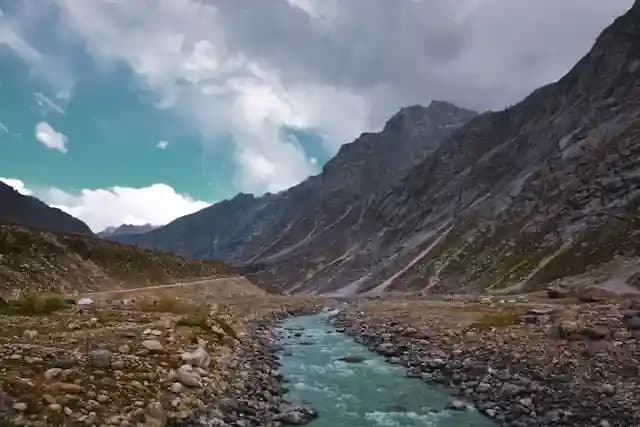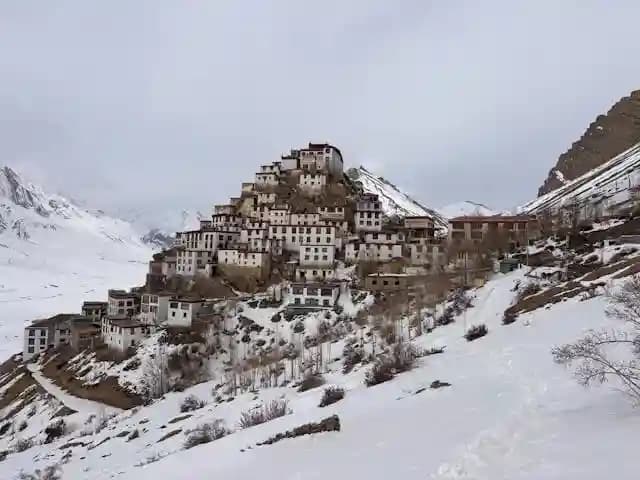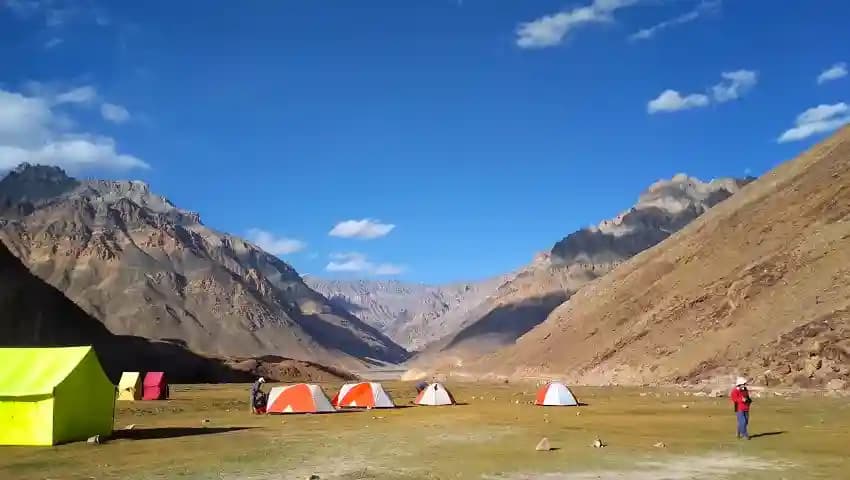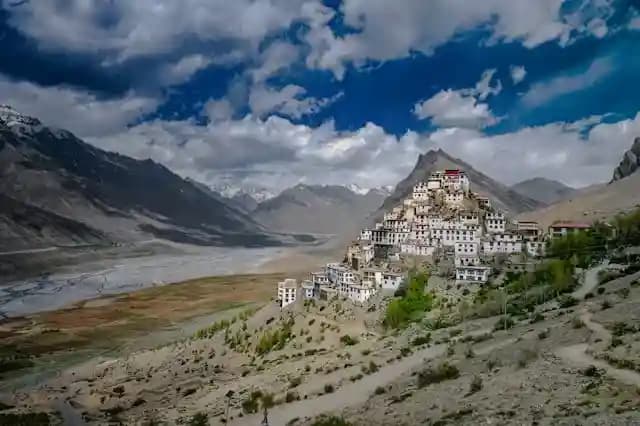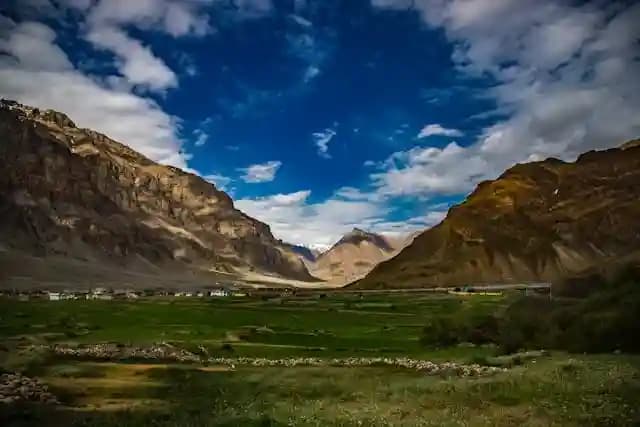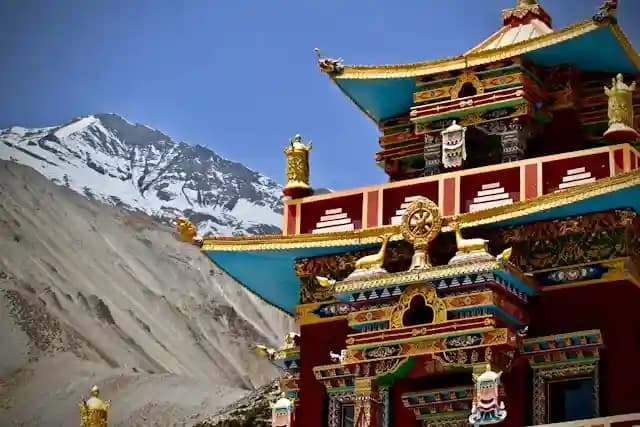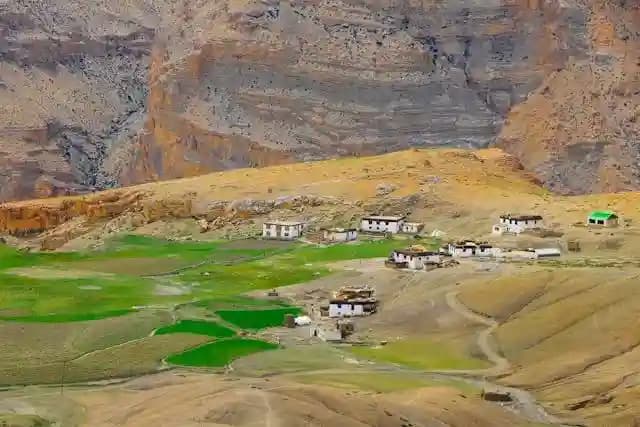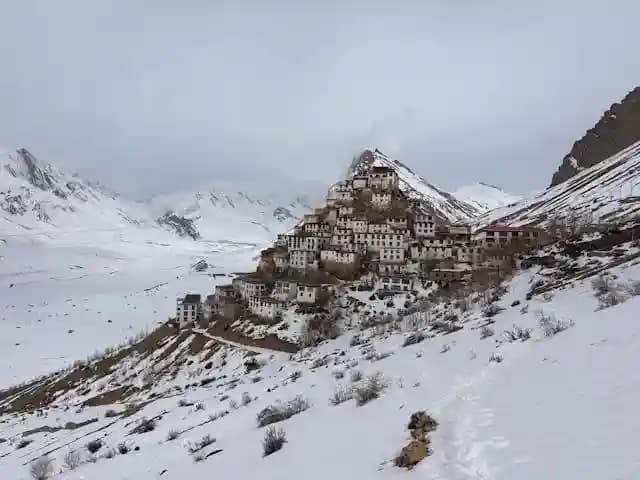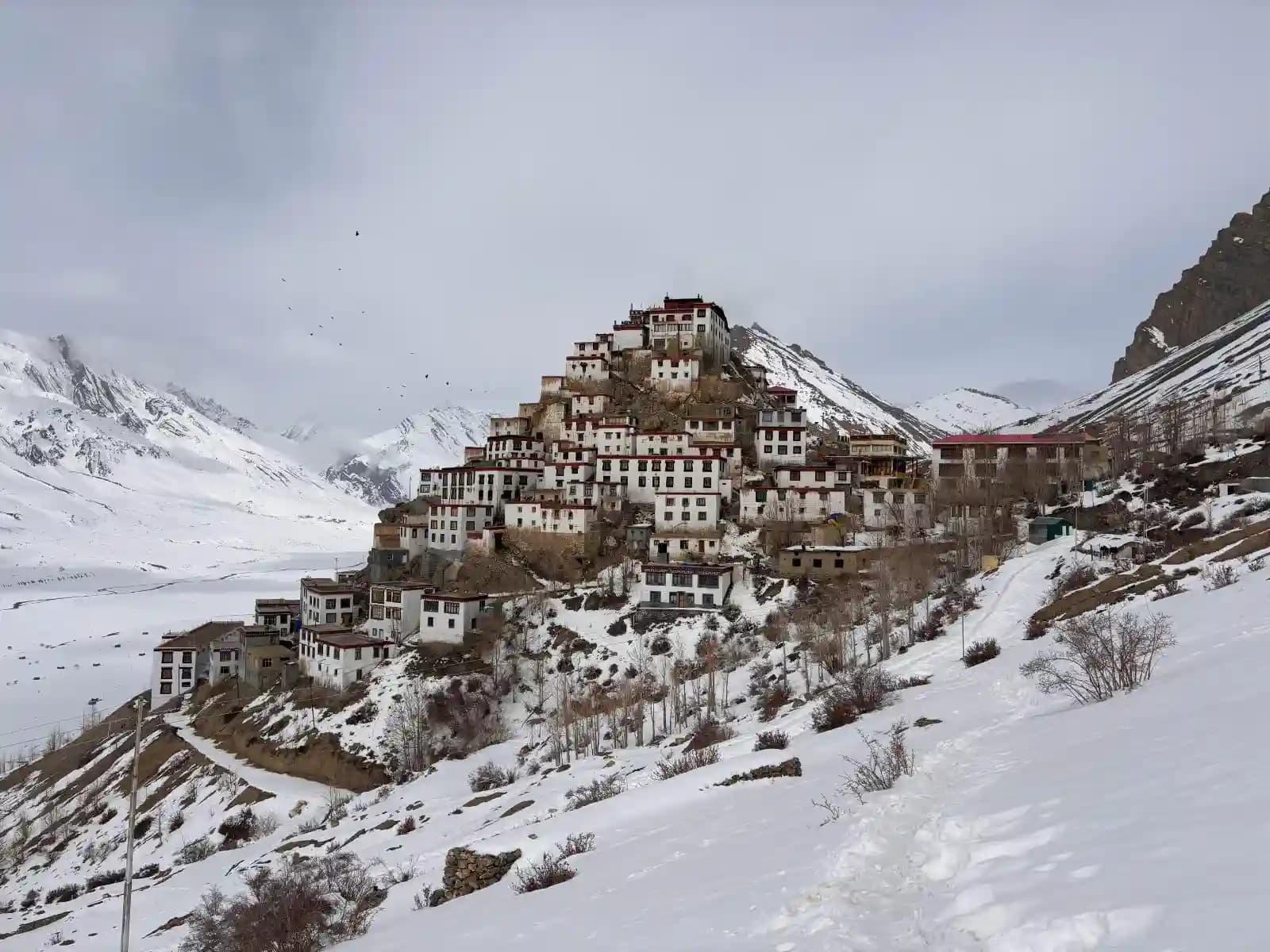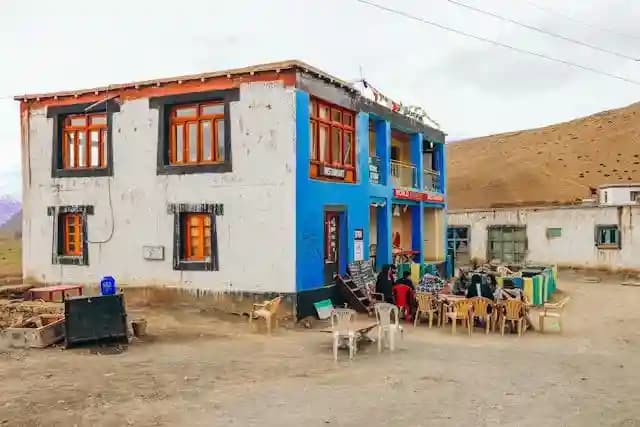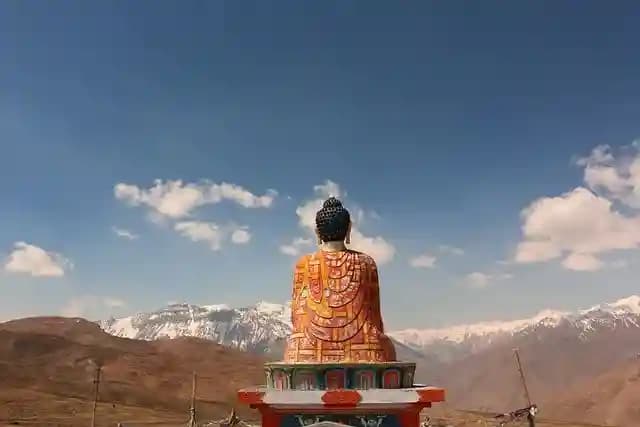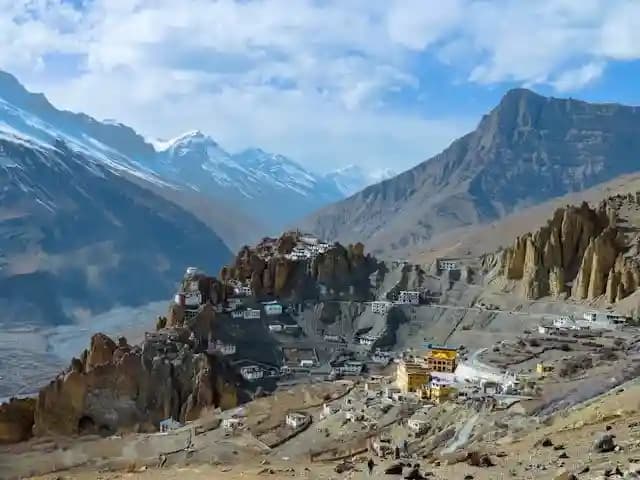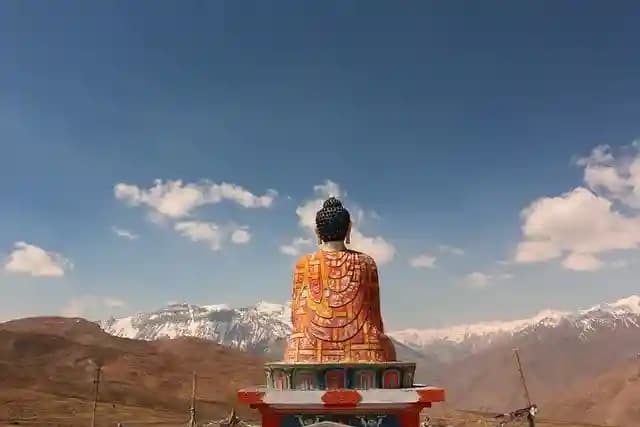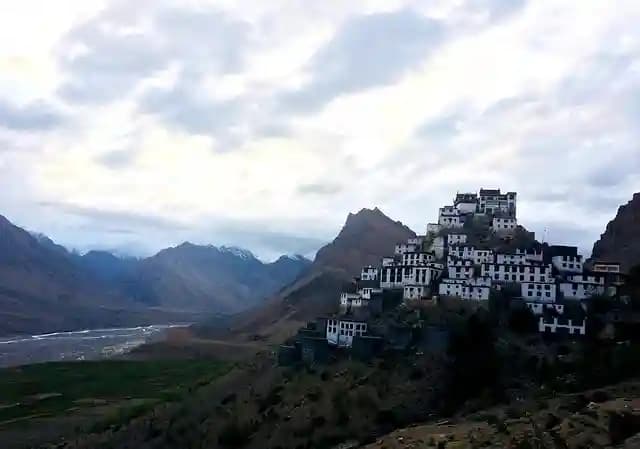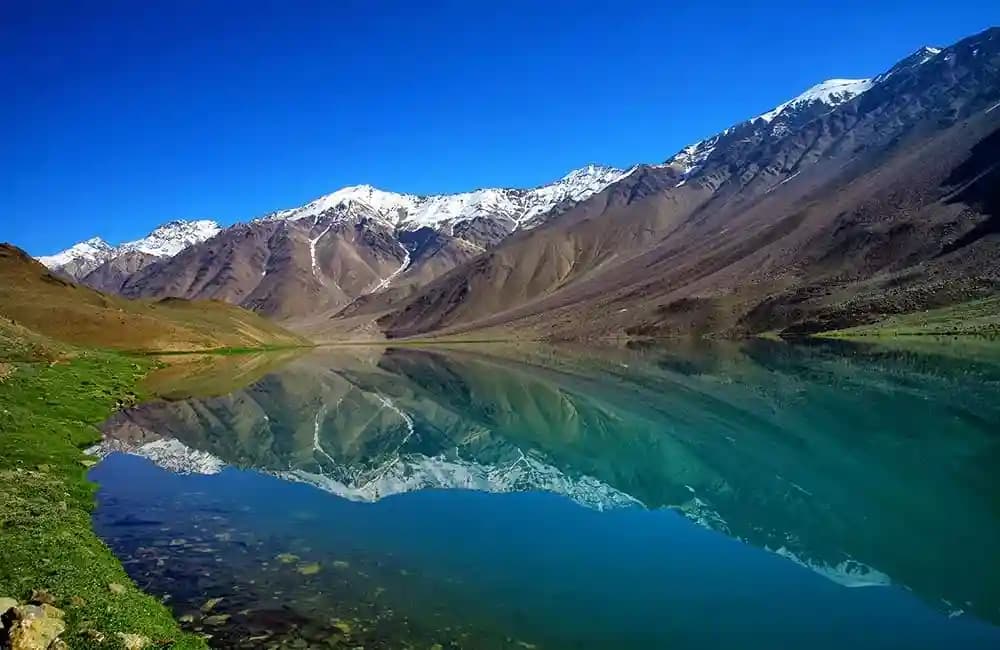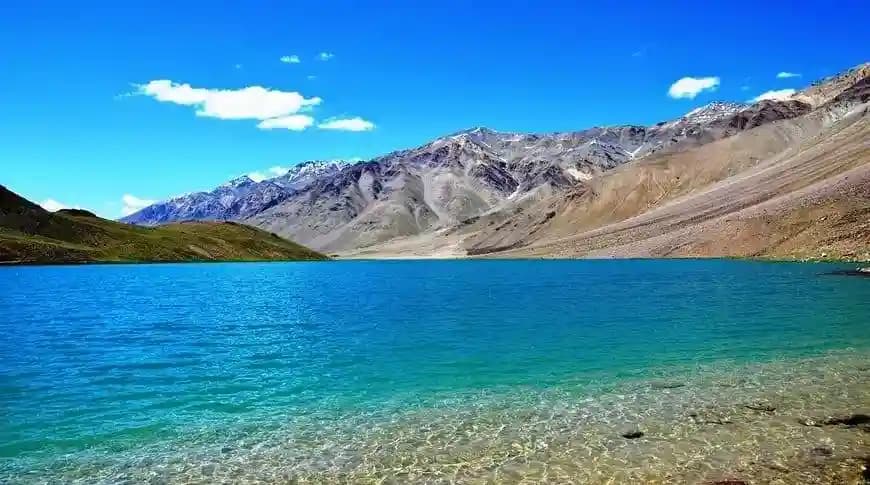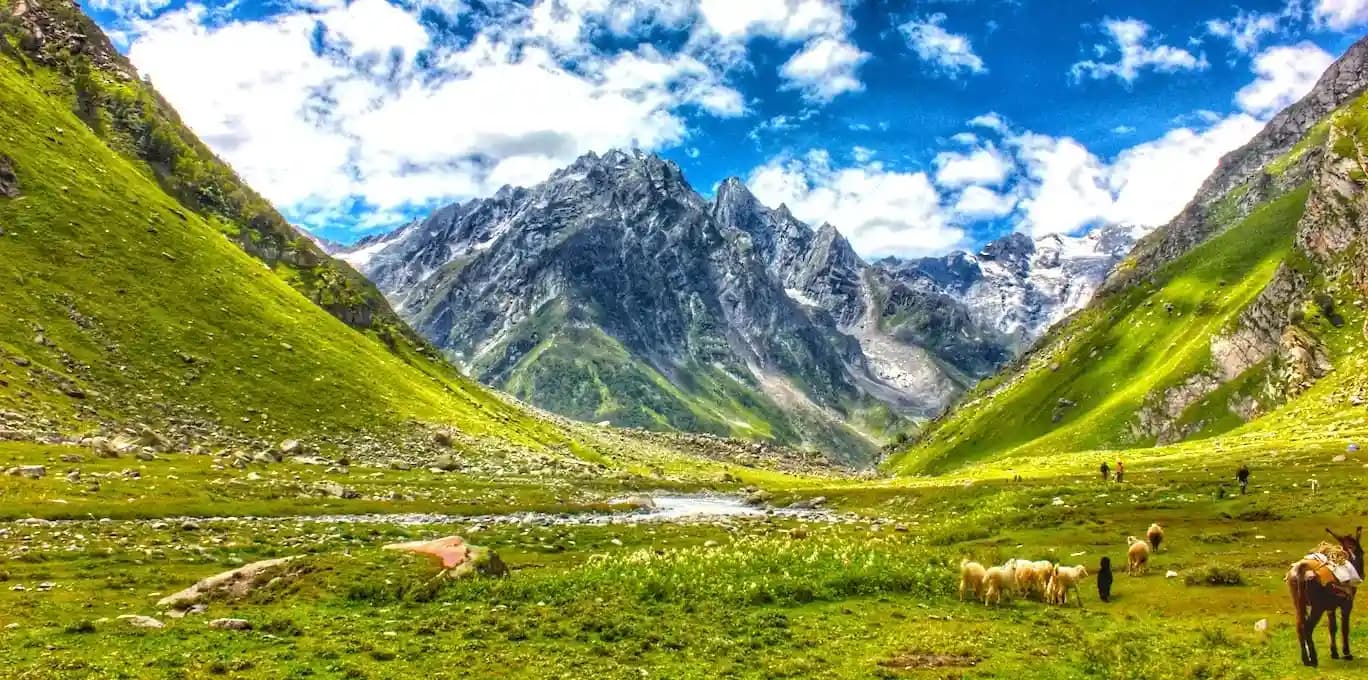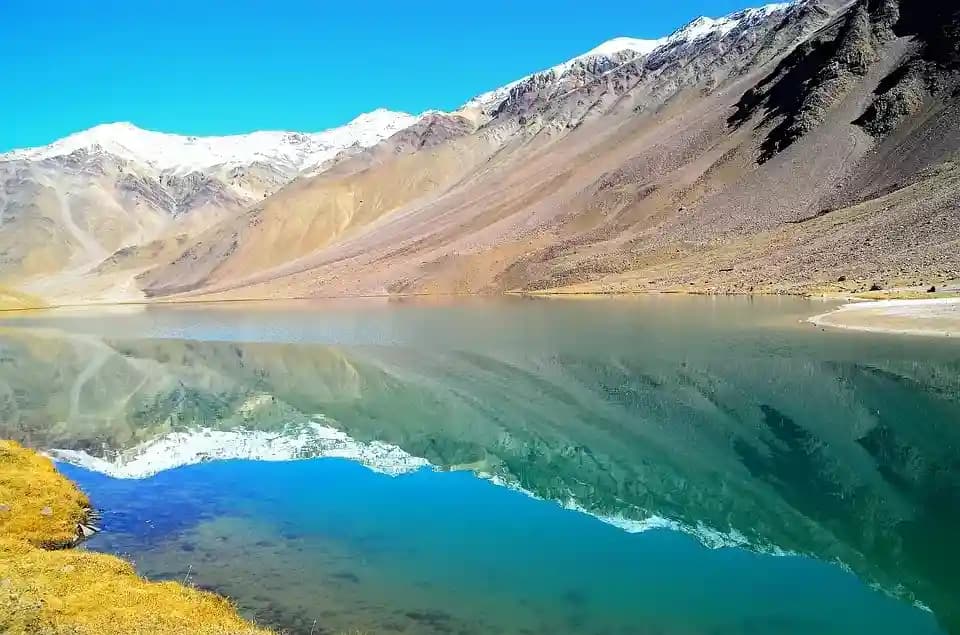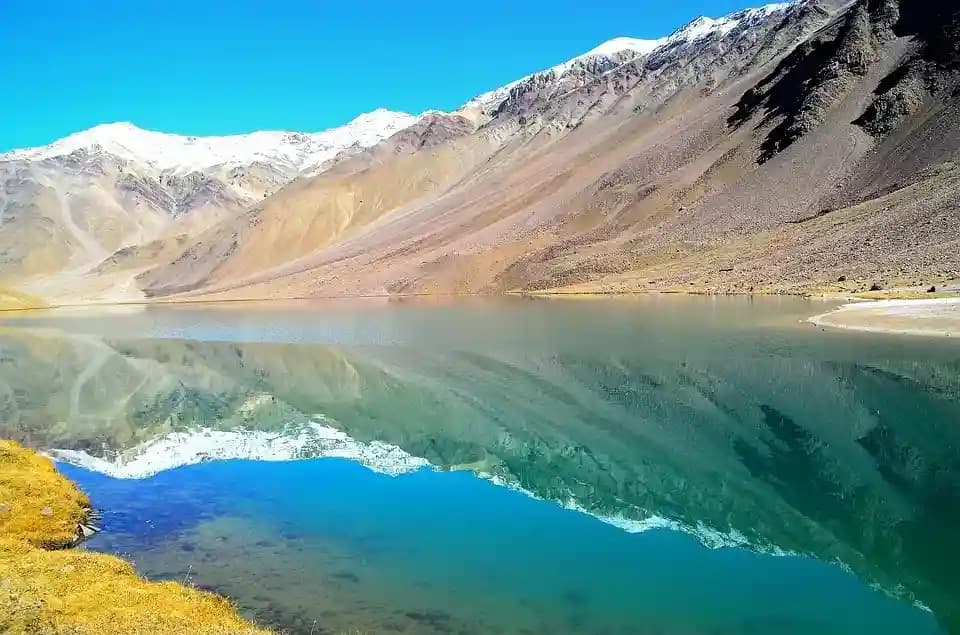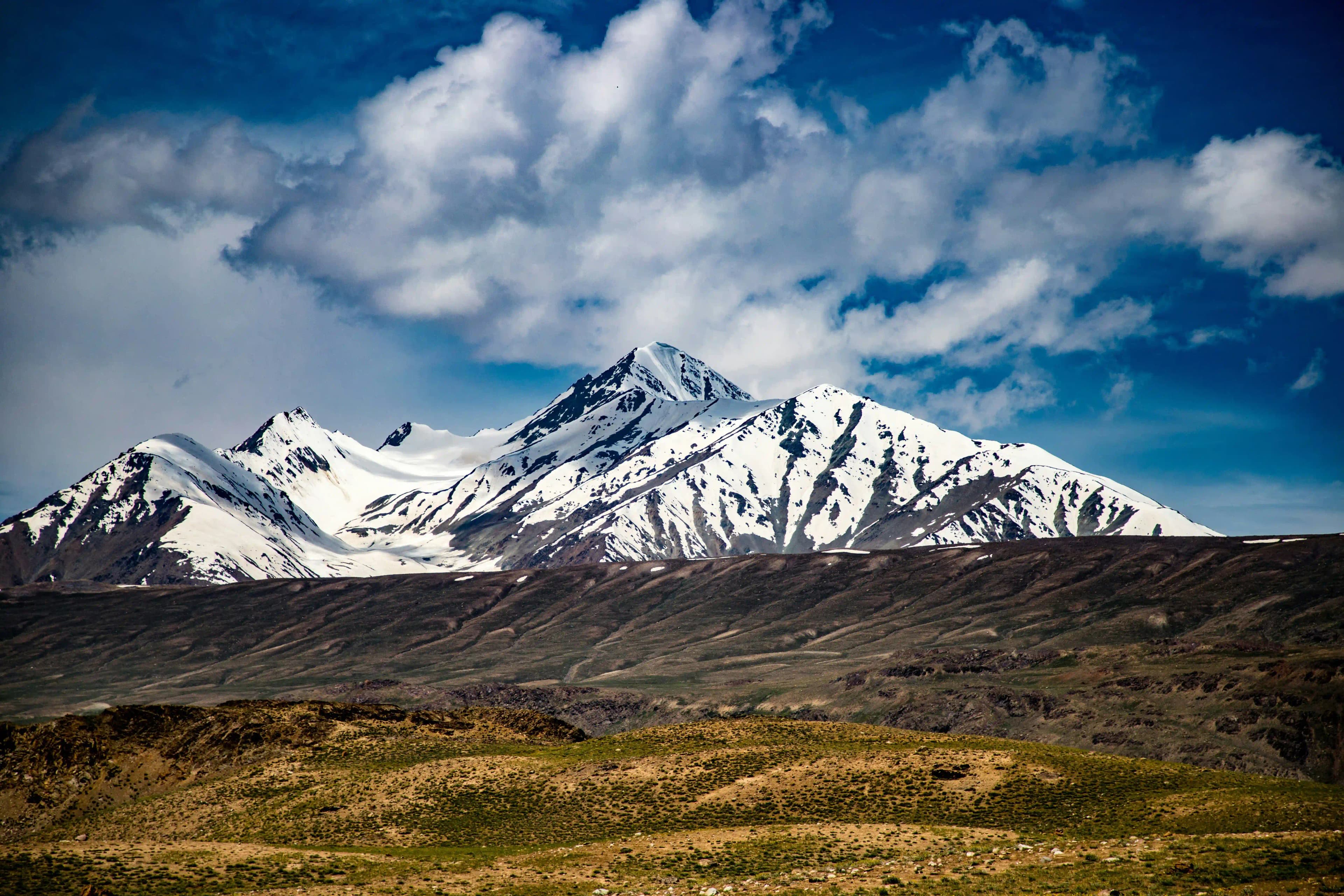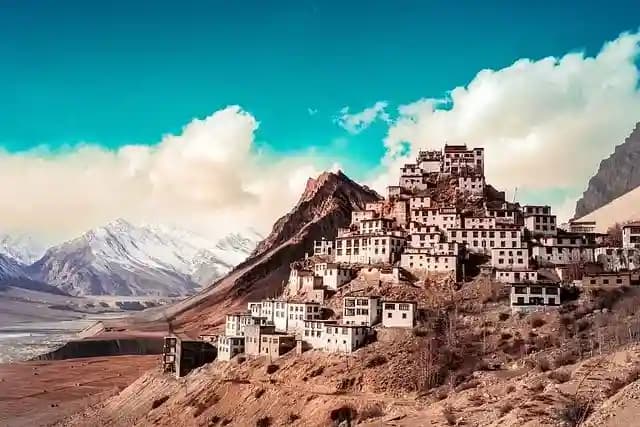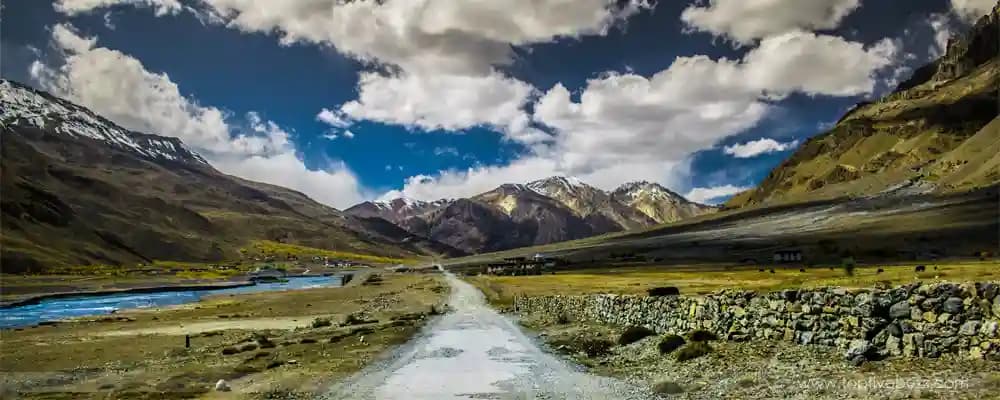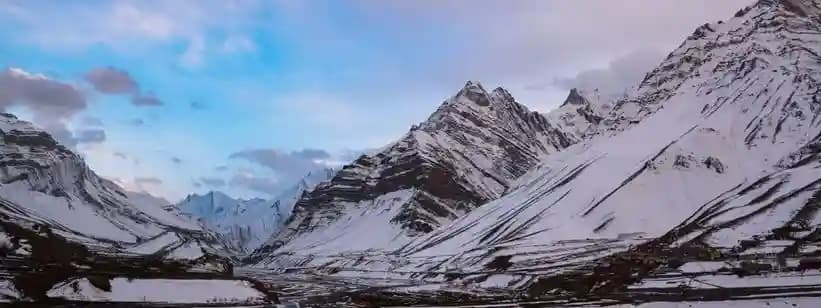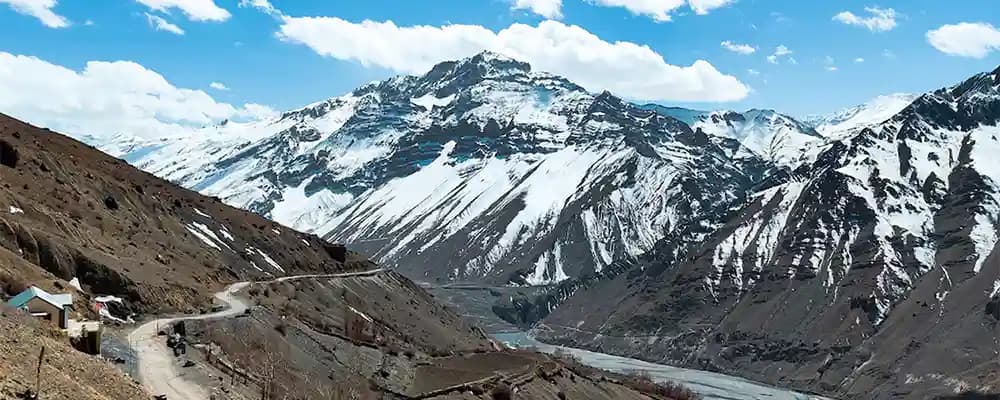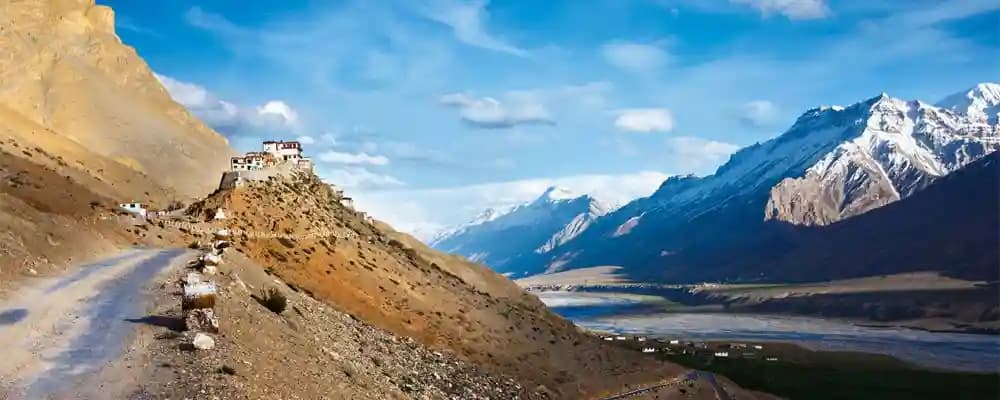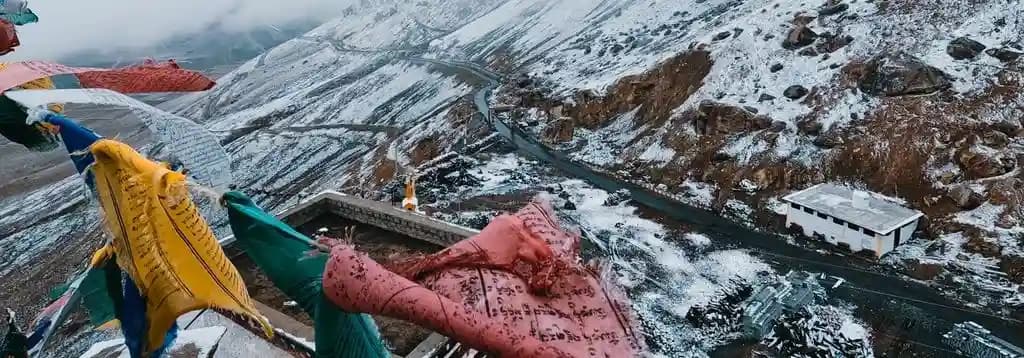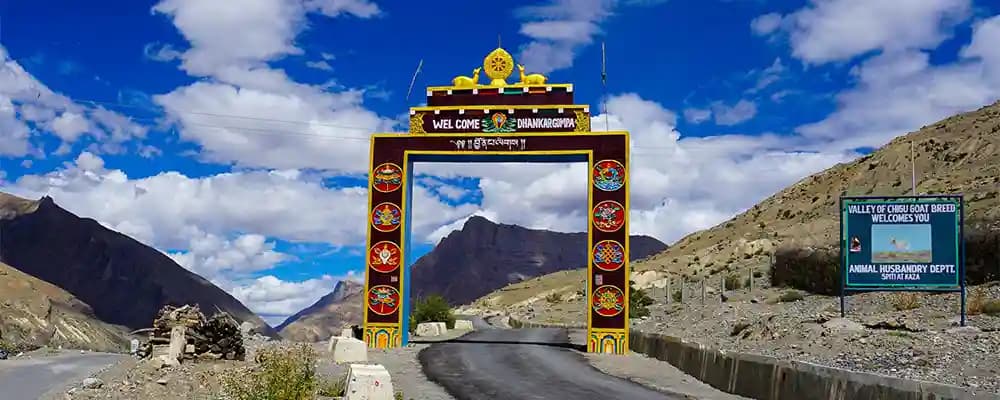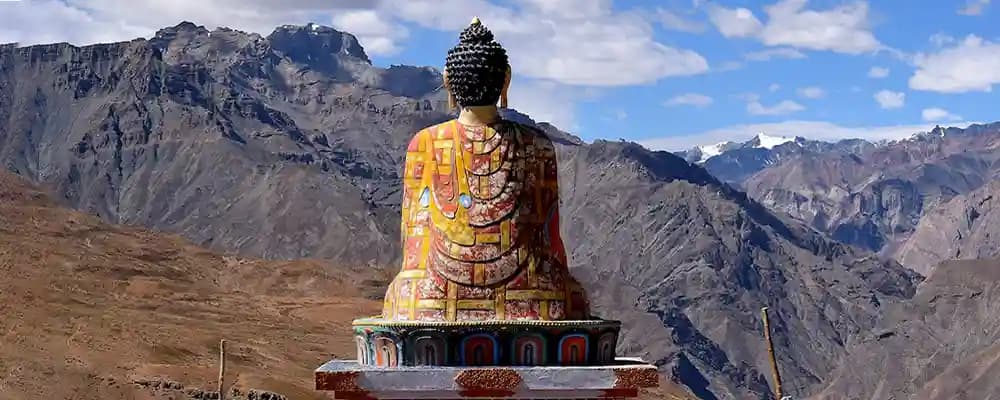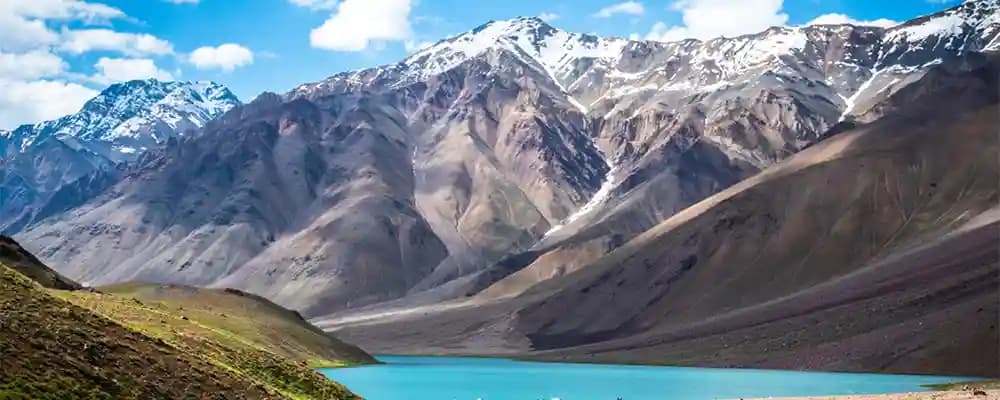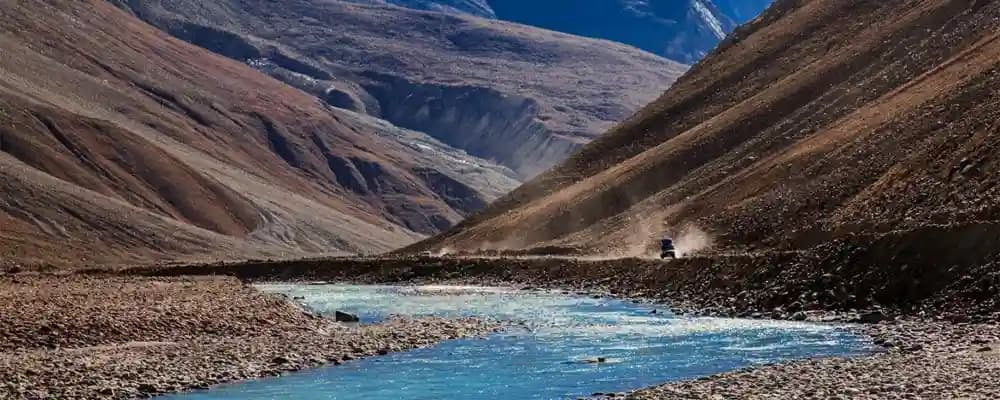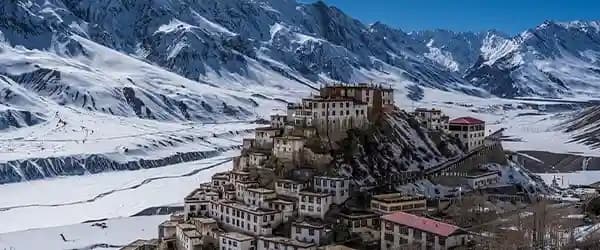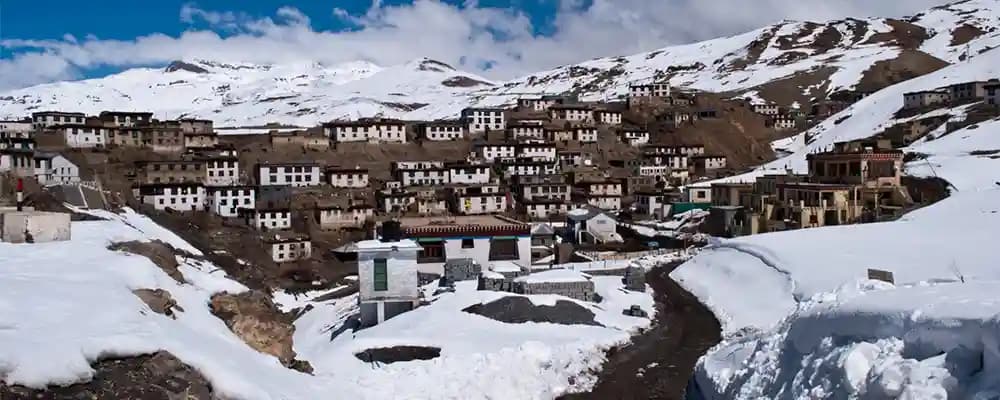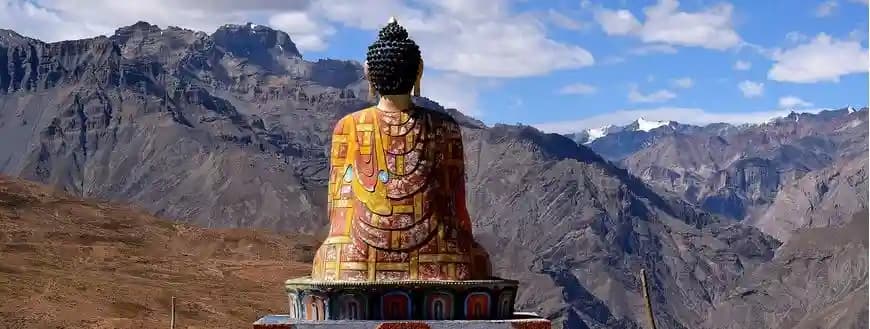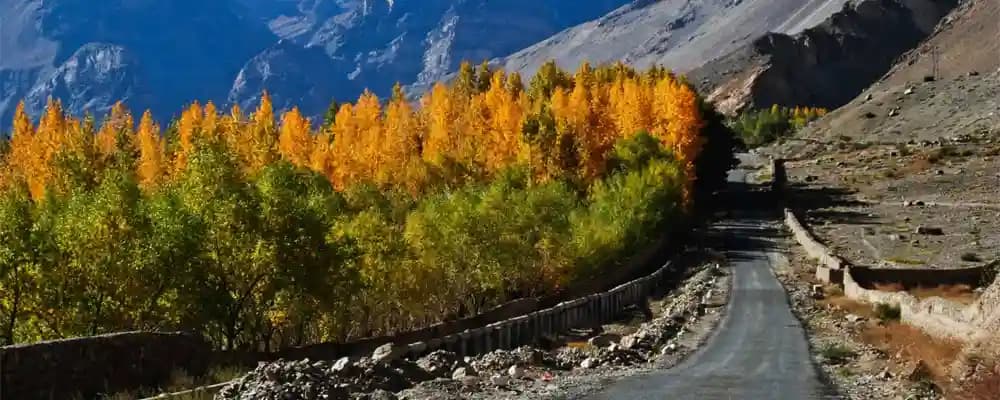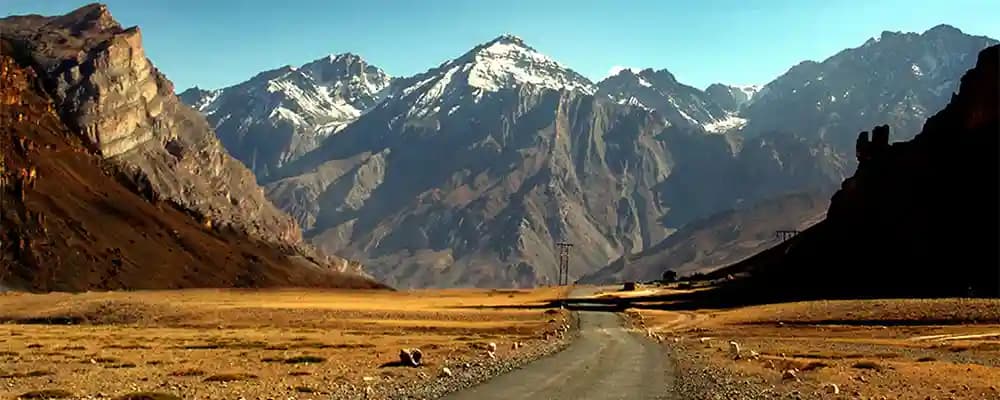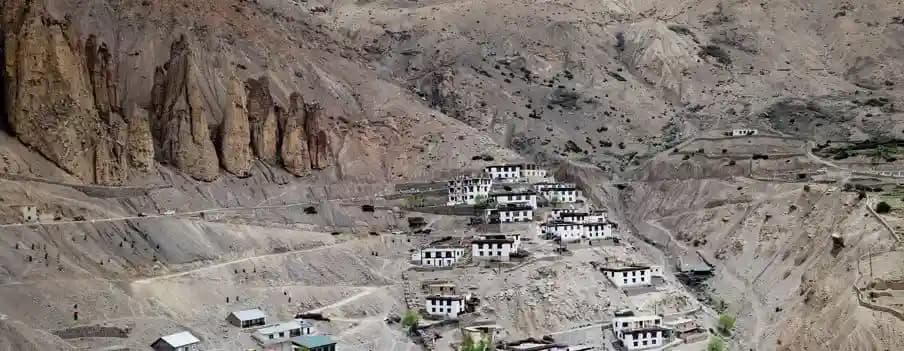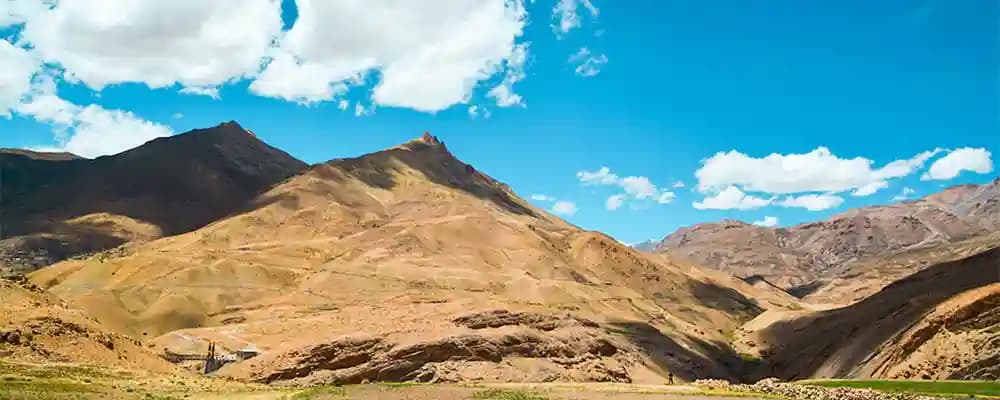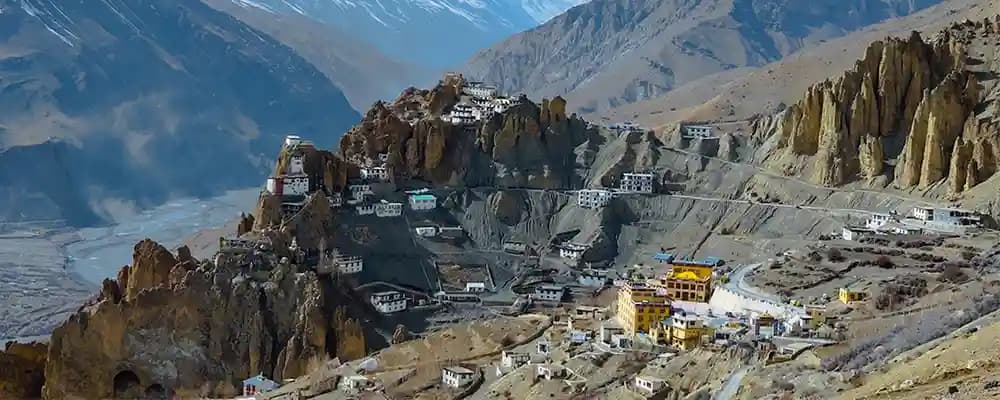A visit to Spiti Valley is not just about mountains, rivers and adventure but also about the discovery of the deep-rooted culture and faith of the region. The Trilokinath Temple is one of the most sacred spiritual places here, which is valued by both Hindus and Buddhists. The temple is devoted to Lord Shiva, also known as Trilokinath, meaning ‘Lord of the Three Worlds'.
This temple, located in the Lahaul area, is known for its beautiful blend of beliefs, the white stone idol and the fact that it is believed to be centuries old. People planning a trip to Spiti Valley must add this temple to their itinerary to get blessings and experience the beauty of this tranquil site.
Trilokinath Temple Lahaul Spiti: Highlights
The Trilokinath Temple is one of the most important religious places in Himachal Pradesh. It is situated in the town of Udaipur in Lahaul, which is 45 km away from Keylong. What is special about this temple is that both Hindus and Buddhists worship there. Hindus consider it a temple of Lord Shiva, whereas Buddhists consider it a shrine of Avalokiteshvara, the Buddha of Compassion. The temple has a white marble idol, not common in this part.
Location: Trilokinath village, near Udaipur in Lahaul Valley, Himachal Pradesh
Timings: 6 AM- 6 PM
Entry fee: No entry fee
Height: 2,760 metres above sea level
Festivities: The Pori Festival is celebrated in August with great joy
Manali to Trilokinath distance: About 146 km by road
History of Trilokinath Temple
Trilokinath Temple has a rich history that comprises culture, faith and legends, which makes it a delightful heritage in Lahaul and Spiti. According to a stone inscription found in 2002, the shrine was constructed in the late 9th century and early 10th century by a ruler known as Dvanjra Rana, with the assistance of King Shail Varman of Chamba, in a distinct style of Shikhara architecture. This architecture is similar to the well-renowned Laxmi Narayan temple in Chamba.
The temple could have been a Buddhist monastery (vihara) and later became holy to both Buddhists and Hindus. The present white marble idol of Avalokiteshvara (Bodhisattva of Compassion) has six arms and dates back to around the 12th century. According to legends, a king of Kullu attempted to get rid of the idol but was unable to do so because the idol became too heavy to carry away. Each year, the Pauri Festival in August unites both Hindus and Buddhists in celebration and devotion at this temple
Best Time to Visit Trilokinath Temple
The best time to visit Trilokinath Temple is from June to September, that is, during the summer and early autumn months. During this time, the weather in the Lahaul Valley is pleasant, and the roads are open. The time is also associated with the Phagli and Pauri festivals that bring the temple to life with colourful festivals and cultural background.
The area is inaccessible in winter when it gets heavy snowfall and is thus not worth visiting between November and March. For tourists, the summer season is all about clear skies with beautiful views of the mountains as well as comfortable weather to visit the temple.
How to Reach Trilokinath Temple in Lahaul Spiti
To reach Trilokinath Temple in Lahaul-Spiti, you can travel by air, train or by road. The nearest airport is Bhuntar (Kullu-Manali Airport), which is about 218 km away. This is from where taxis and buses go via Manali to Keylong and then to the temple. If you are coming by train, the closest station is Shimla, nearly 393 km away. From there, you can take a bus or taxi towards Keylong or Udaipur. By road, the popular route is from Manali via Rohtang Pass, Keylong and Udaipur (146 km). On the other hand, another longer route goes from Shimla through Reckong Peo, Nako, Tabo and Keylong before reaching the temple.
Places to Visit Near Trilokinath Temple
This area surrounding Trilokinath Temple is steeped in cultural heritage and mountain views that complement your time at Spiti Valley. If you're looking for the best places to visit near Trilokinath Temple, listed below are a few sites that bring more depth and beauty to your Spiti holiday.
1. Mrikula Devi Temple, Udaipur
The Mrikula Devi Temple in Udaipur is famous for its wooden architecture and beautiful 11th-century carvings. The temple is dedicated to Goddess Kali and also referred to as the "Ajanta of the Himalayas" because of its art. This temple, surrounded by apple orchards and village homes, is a peaceful stopover to appreciate both religion and history in the Lahaul valley.
Distance from Temple: 9 km
2. Kardang Monastery
Perched on the crest of a hill overlooking the Bhaga River, Kardang Monastery is one of the oldest and most significant monasteries of the Lahaul valley. It contains murals of ancient times, thangkas and an enormous collection of Buddhist texts. The serenity of the mountainside around it makes it a beautiful blend of nature and culture. The soothing chants of the monks complement the spiritual ambience, offering the travellers a real experience of Buddhist life in the valley.
Distance from Temple: 45 km
3. Shashur Monastery
Bounded by blue pine trees, Shashur Monastery in the vicinity of Keylong is famous for its vibrant paintings and spacious prayer hall. The monastery is particularly vibrant during its summer festival, when monks perform masked dances. Its peaceful location off the main road makes it ideal for tourists seeking calm and authentic Tibetan culture. The monastery's wooden structure is also an added attraction and beauty.
Distance from Temple: Approx: 50 km
4. Tayul Monastery
Located high above the Bhaga Valley, Tayul Monastery is famous for housing the colossal image of Guru Padmasambhava, ancient Buddhist scriptures and is one of the best places to visit in Spiti valley. The name ‘Tayul’ means ‘chosen place’, and the monastery fulfils its promise with its peaceful atmosphere and prayer flags fluttering in the wind. The views of the snow peaks from here are breathtaking, and it is a wonderful spiritual and scenic experience overall.
Distance from Temple: 52 km
5. Saptdhara Spring (Pilgrim's Stream)
About 5 to 6 hours' walk from the temple is Saptdhara Spring, a remote pilgrimage site abounding in peaceful beauty. Legend has it that the milk-white idol preserved in the temple was first discovered here by a shepherd, so a secret site of awe and worship. The trek winds and turns along mountain ridges and wildflowers, offering peaceful views that are both sacred and untainted.
Distance from Temple: about 5-6 hours' walk above the temple
Travel Tips for Trilokinath Temple
Carry sufficient cash, ATMs are limited in the region
Keep warm clothing as temperatures can drop sharply at night
Respect local customs and temple traditions
Start journeys early because the roads can get a bit tricky in the evening
Keep a basic medical kit; facilities are scarce nearby
Hire local guides for trekking and rafting activities
Stay hydrated, as high altitude can cause fatigue
Prefer homestays for an authentic cultural experience
Avoid travelling in heavy rains since landslides are common
Keep a power bank, as electricity may not be regularly.
Conclusion
Trilokinath Temple is a beautiful representation of unity between Hinduism and Buddhism. Encircled by the landscape beauty of Lahaul Valley, it provides spiritual comfort as well as cultural insight. The temple is unrivaled in its legends and holy rituals and the grandeur of the Pori Festival that brings life to the calm valley. Travellers are also rewarded by the beauty of the journey, which has views of mountains and peaceful villages. When you are planning a trip to Spiti Valley, this holy temple must be on your list.
